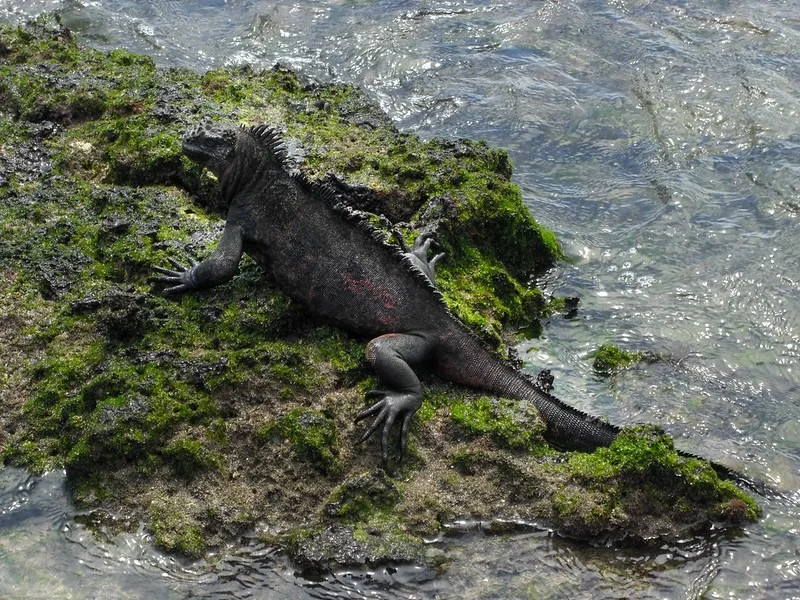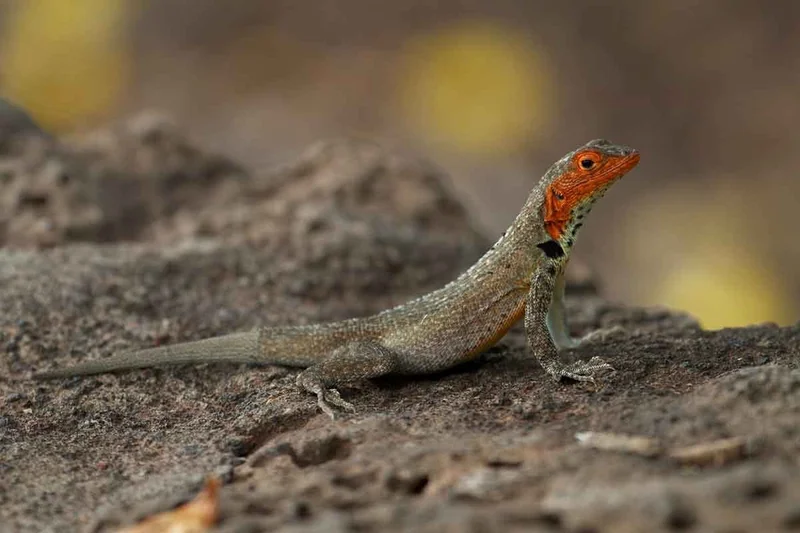
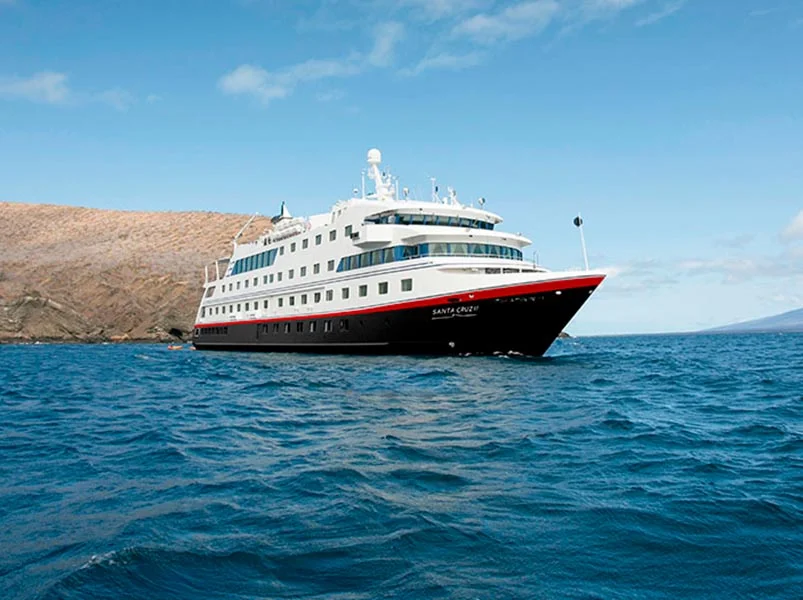
5 Day Galapagos Itinerary
Day 1: Santa Cruz Island: Dragon Hill
The bio-diversity of the Galapagos Islands is recognized in textbooks worldwide, mainly due to the historical importance of the islands in the development of the theory of natural selection and evolution that inspired Darwin to develop these theories.
AM: Baltra
Guests land at Baltra Island by plane in the morning and then transfer to the dock to board the Santa Cruz II. After an introductory briefing onboard, guests will partake in an emergency boat drill, be assigned to their cabins and then be invited to lunch.
PM: Dragon Hill
The north shore of Santa Cruz hosts the fascinating landscapes of Cerro Dragon (Dragon Hill). The first part of the walk here passes by a brackish-water lagoon that’s frequented by shorebirds, ducks and American flamingos. Further inland, the trail offers a beautiful view of the bay and the western islands of the archipelago, as well as a chance to check out some land iguanas.
Day 2: Isabela Island: Vicente Roca Point & Fenandina Island: Punta Espinoza
AM: Vicente Roca Point
After breakfast, guests will get to explore the coast by dinghy, all while naturalist guides explain the dramatic geology of the Isabela Island. This site is also a nesting place for several Galapagos highlights, such as: flightless cormorants, Galapagos penguins, fur seals, and boobies. Weather permitting, guests will get the chance to snorkel alongside the cliffs of this area that are rich in marine life, often times visited by green sea turtles and oceanic sun fish (Mola mola).
PM: Punta Espinoza
The afternoon is dedicated to exploring Fernandina, the youngest island in the archipelago. The complete absence of introduced animals is one its biggest features, as Fernandina boasts a very unique environment with a very high density of marine iguanas. Other creatures found here include sea lions, Sally light-foot crabs, hawks, penguins and flightless cormorants.
Day 3: Santa Cruz Island: Charles Darwin Station & Highlands
AM: Charles Darwin Station
In the morning, guests disembark (dry landing) in Puerto Ayora to visit the Charles Darwin Research Station. The Station consists of a giant tortoise Breeding Center and an impressive giant prickly-pear cactus forest that is home to many land birds. The Station also serves as the headquarters for scientific investigation, conservation and the National Park administration. Following this visit, guests will board a private transport to head up and enjoy lunch in the cooler highlands of Santa Cruz Island, which is an entirely different ecosystem.
PM: Highlands
Guests will have several options to choose from in the afternoon, these of which can be discussed in advance with your Expedition Leader. At the end of the afternoon’s activities, guests will return to Puerto Ayora and hop aboard the Santa Cruz II.
Day 4: Floreana Island: Baroness Lookout, Post Office Bay, Champion Islet & Cormorant Point
AM: Baroness Overlook & Post Office Bay
After breakfast, a dinghy ride along the maze of channels on Floreana’ s north shore can be enjoyed. Afterwards, guests will get to experience Baroness Cove with its breathtaking views of Floreana Island. Later on, guests will land at Post Office Bay to visit the historic barrel that has served as a post office in the archipelago for over two centuries. It is here that guests will be invited to leave their own postcard and/or take postcards that have been left by other vessels (to hand-deliver to their addressee!). Snorkeling activities are offered right off the beach. Afterwards, guests will head back aboard for lunch.
PM: Champions Islet & Cormorant Point
Following lunch and a break, guests will be invited to hop aboard the dinghies (for snorkeling) or the glass-bottom boat to explore the underwater wonders around Champion Islet – an extinct shield volcano that’s regarded as one of the best snorkeling spots in the archipelago. From there, it’s onwards to Cormorant Point, beginning with a wet landing on an olivine-crystal beach for a leisurely walk that includes a brackish-water lagoon where bird species such as American flamingos, pintail ducks, common stilts, herons, sandpipers, and other birds tend to gather. After this, guests will continue their walk over to a white-sand beach, where sea turtles emerge from the sea at night to nest (from December to May).
Day 5: Baltra Airport & Transfer out

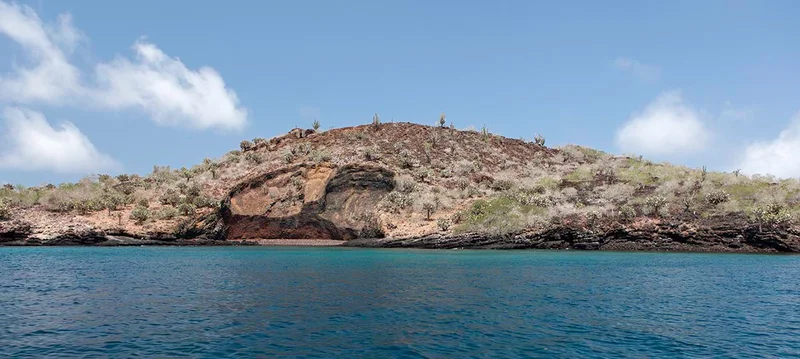

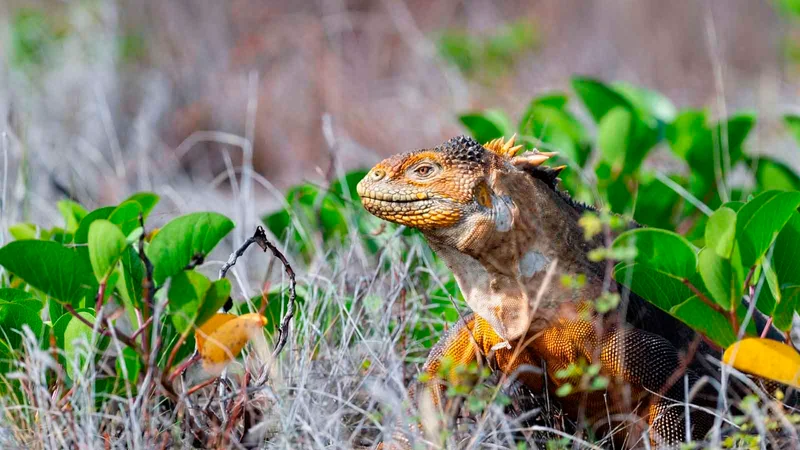
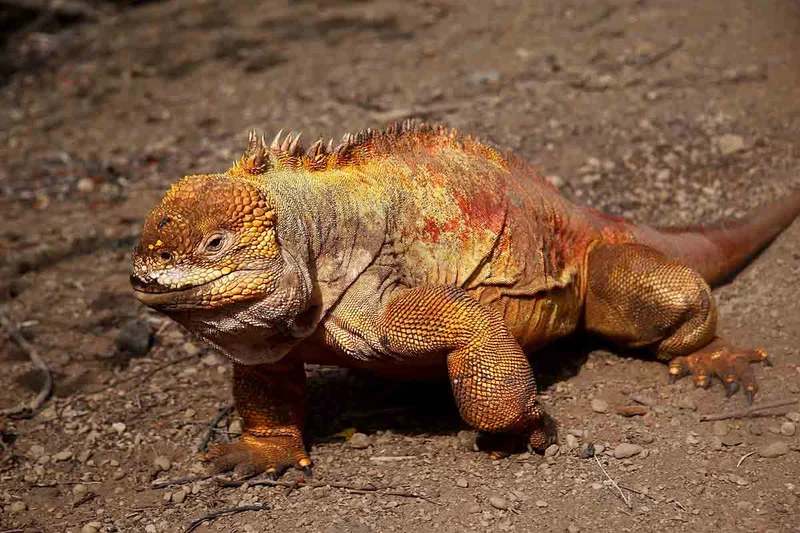




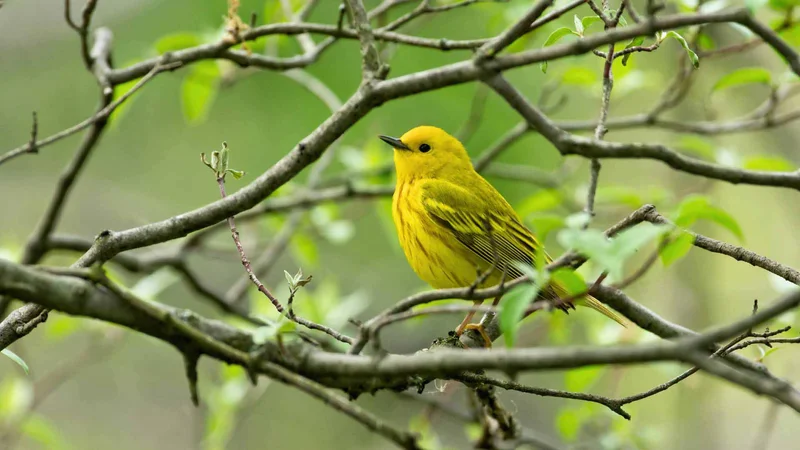
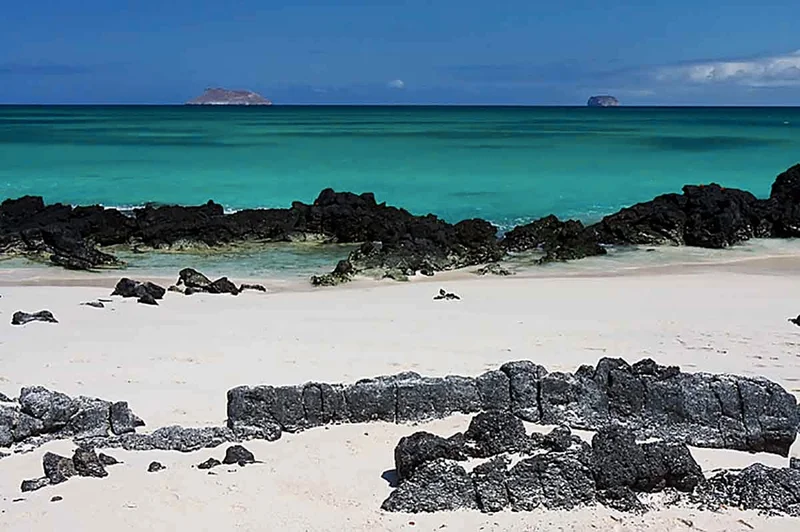
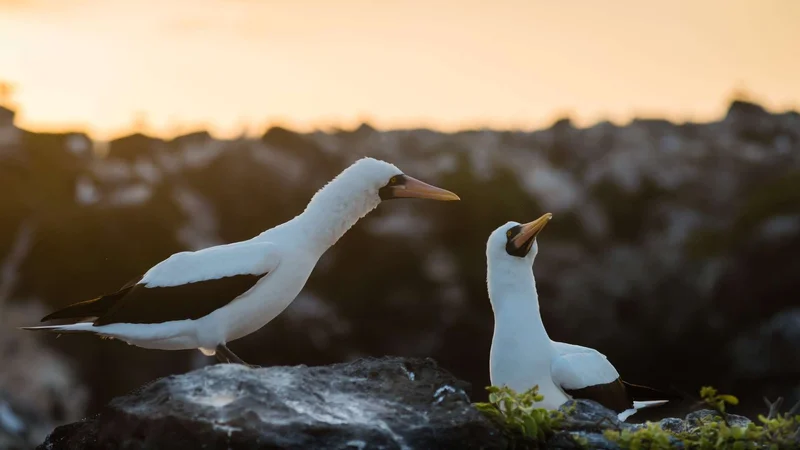



5 Day Galapagos Itinerary Includes
- All programed visits as per itinerary with specialized naturalist bilingual guide
- Accommodation in twin/double Horizon Deck Explorer Cabin with private facilities, all meals on board, drinking purified water, coffee and tea
- Cruise Fuel Surcharge
- Snorkeling equipment (fins, mask & snorkel) & sea-kayaks
- Transfers within the islands on cruise dates as per itinerary
- Personalized 24/7 assistance during tour
5 Day Galapagos Itinerary Does not Include
- Airfare to/from Galapagos from/to Mainland Ecuador (to be added)
- Galapagos National Park Entrance Fee US$200 per person (in cash only upon arrival)
- Galapagos Migration Card US$20 in cash per person (at Mainland’s Airport)
- Alcoholic/soft drinks, personal expenses, extras, tips and other services not specified in the program
- All sizes wet-suits for rent on board (in cash)
- Travel, medical & cancelation Insurance and any services on Mainland
5 Day Galapagos Itinerary Highlights
- Lean about Human History in the Galapagos: from pirates, English whalers and military forces to the actual Ecuadorian colonizers.
- Follow the process of Galapagos Turtles at Charles Darwin Research Center.
- Follow Darwin’s Footsteps and comprehend how he felt when rambling around amazing natural sites filled with untamed wildlife.
- Geological nature of the Galapagos Islands is fascinating and intriguing in all Islands.
- Spot Marine Iguanas, the only of its kind that scrapes for food on the seafloor.
- See how dozen of species developed peculiar features to adapt to the Islands rough environment.
Itinerary Map

Reviews
Animals you might see on this itinerary:
More information about the Galapagos Islands you visit in this 5 day itinerary:
Why travel with us?
Similar Itineraries
